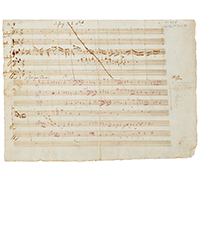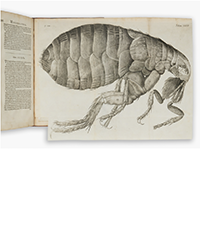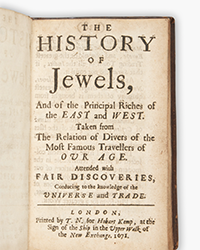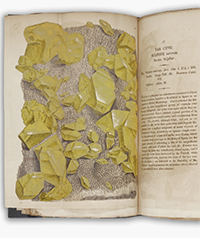Years ago, the exact number in dispute, but probably around the time of the 1989 earthquake, the San Francisco Public Library disposed of some old and seemingly unwanted accounting books, they oversized and unused, the contents potentially embarrassing or boring. Their decision-maker, at that moment, decided to dispose of them in the time-honored way, sneaking them into the trash after nightfall: unknown, un-recollected and soon to be forgotten.
Word that some interesting old material was going into the library’s dumpsters promoted some anguished calls to volunteers to parse the trash after dark for the very good among the very bad. Into that opportunity some young-at-heart [if not always young themselves] engaged in the unthinkable to save the library from its momentary lapse.
For years after no one was quite sure who, if anyone, had what. After all, the thought that fine and rare material now lay beneath the million tons of trash that has since accumulated at the city dump, was simply too much to consider. Like religion, in the absence of evidence, you simply have to hope.
Among whatever else disappeared back then there were two volumes of the County of San Francisco jailhouse records. The pages were large, full folio, and each incarceration, the name, the reason, the dates in and out, recorded in hand – suggesting these volumes were the only copies made. There was more than one jail in the city and these the records for only one of them. Murderers passed through other doors, the crimes here more about public intoxication, fighting and petty theft than armed robbery. These were the low hanging fruit.
Some sixteen years ago I bought a commercial building on Geary Avenue in San Francisco, made renovations and stepped back to become rich. It didn’t turn out that way. I got to know the tenants and they all became like family. Their problems were my problems and it became more and more difficult to raise the rents. Six years ago I decided to sell, what I had come to think of as, my charity ward. The buyer was Raoul Isaac, a very smart and clear spoken man. We became friends. He liked old books and we would talk about them from time to time. When, a few years later, I sought to give roughly a thousand bound volumes of 19th and 20th century volumes away he offered to take them.
A year or so later he despaired of making any money with them and donated them to an online literacy project that no doubt today is trying to figure out who they can give them to.
At some point he asked for guidance about “some old jail records that looked like they might be worth something.” Once in hand and after a careful reading to confirm no McKinneys were among the incarcerated, I realized that these were original city records and may not have been legally withdrawn. I told him I would have to take them to the public library and ask if these were their records. Raoul agreed, understanding full well they might claim them on the spot. I made an appointment with Susan Goldstein, city archivist at the Main library.
When she saw them she was incredulous. “These are ours. They belong to the city archives and, by extension, the people of San Francisco.” But then I told her the story of the decades earlier calls for help from the library asking the strong and able bodied to save material that was being thrown away. She walked back her disbelief and agreed to call me in a few days. In the meantime I left the volumes there until they could determine if they were legally theirs. A few days later Susan called to say that her department had a number of County jail volumes from the same period in their collection. The two “found” volumes filled in gaps in the library collection, they had clearly once been theirs but had slipped away, the details of their dispersal now mercifully lost to history, the decision-maker then in charge now forgiven if not forgotten. “Could they get them back?”
Raoul asked that they be returned to him and I later made some effort to put together a deal. I made some calls and was told these volumes might be worth $2,000 to $4,000 each and then tried to interest the library in raising that much to buy them back. They were not interested and neither was Raoul in selling them that cheap. That was three years ago.
This past year Raoul suggested he would give them to the library. “Could I suggest an appraiser?” He would take the donation as a tax deduction.
I then contacted Alan Aimone in Las Vegas. He for decades worked as a librarian at the U. S. Military Academy Library at West Point and a few years ago retired to the other city that never sleeps. He would appraise them but the fee might be substantial. I then explained I was trying to get these books back to the San Francisco Public Library and he reduced his estimate. Giving stuff away can be expensive and I have only myself to blame for I suggested the valuation to Raoul was probably in the low 5 figures. It was but I had the currency wrong.
During the ABAA fair week in Oakland in February Raoul and Alan got together and Alan was quite unimpressed. He came back with a number that might have landed him in the hoosegow himself. Raoul called to say the value was surprisingly low but nevertheless he would complete the donation to the library.
On March 12 we got together at the History Room on the sixth floor of the main library. Susan was happy and so was Raoul. A gentleman and an historian had found a way to right an ancient error. Later I said to Raoul when we had lunch “something good will come of this.” When the check came I paid.
Postscript
Why was I so far off on my out-of-thin-air appraisal of these volumes? This is why we have professional appraisers. As explained below, these volumes were not really "comparable" to other prison records with which I was familiar. Here is Mr. Aimone's explanation of how this, and appraisals in general, are reached. It is a valuable lesson in how professional appraisers approach their art.
By Alan Aimone
I thank Mr. McKinney for this opportunity to provide an appraiser’s insight. First, in the interest of “full disclosure,” I have subscribed to Mr. McKinney’s “Americana Exchange,” currently the “Rare Book Hub,” for many years. I use it often as a source of information for appraisals. We have also met and spoken on several occasions and I have much respect for Mr. McKinney.
Dealers and collectors are typically very knowledgeable about values of items in their area(s) of expertise. However, achieving and maintaining the designation of “accredited appraiser” requires much study and ongoing continuing education. Very importantly, accredited appraisers are required to adhere to the Uniform Standards of Professional Appraisal Practice as promulgated by the Appraisal Foundation, which is “authorized by Congress as the Source of Appraisal Standards and Appraiser Qualifications.”
Formal appraisals are done for three reasons: Insurance, Donation and Estates. Specifically the IRS requires an independent appraisal for a donation valued at $5,000 or more, if the donor is taking a taxable deduction. In addition, some people want to know the value of items for their own interest or if they anticipate selling their items. In the case discussed by Mr. McKinney, the appraisal was undertaken because it was thought that the donation value could well meet or exceed the $5,000 threshold for which the IRS requires an independent appraisal.
Accepted appraisal practice requires that after inspection of the item(s) to be appraised, the appraiser must base the appraisal on comparable examples (“comparables”) and be able to justify adjustments to the value. A comparable is the same or similar item that is currently on the market, or has recently been sold. Comparables for books and other print material rarely, if ever, are exactly the same as the item being appraised, of course. Current market value must be adjusted based on many factors including – but not limited to - condition, provenance and content, including images and collectible signatures. These same factors, of course, drive the collectability of the item, which drives market value. Certainly content related to a famous or infamous person or event increases value if there is currently interest in that person or event. To make that adjustment, requires the appraiser to have much expertise and experience. Ultimately, however, the adjustments are somewhat subjective, but should be defendable. In other words, the appraiser should be able to explain why a price was adjusted – either up or down - compared to the comparable samples.
In this case, the jail records that commanded higher prices included photographs of the inmates, were records of persons incarcerated for more serious crimes and contained more details about the criminals. The two volumes that are noted in the article did not include photographs, involved criminals jailed for lesser crimes (such as drunkenness, domestic disputes, assaults and operating opium dens). No famous or infamous persons were identified in the two volumes. They, therefore, have very limited collectability and were appraised at a lower value. That being said, the volumes are part of the history of the city and might be referenced by genealogists or local historians and have been returned to their rightful location.
Finally, the cost of an appraisal is not determined by the value of the appraised item(s) or by the purpose of the appraisal. Examining the item(s), researching comparables and making appropriate, educated adjustments requires considerable time as well as expertise and experience. The appraiser’s time to properly and thoroughly complete the appraisal, including a written report is the same regardless of the appraised value or purpose of the appraisal.

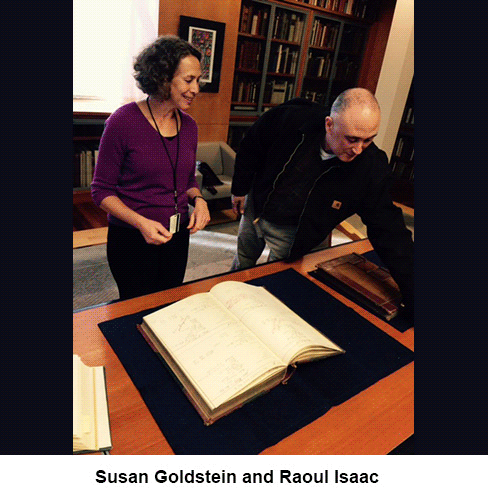

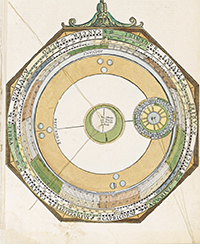

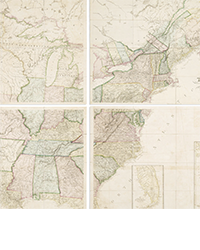
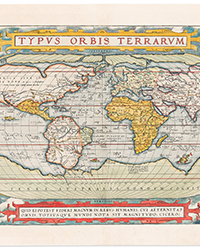
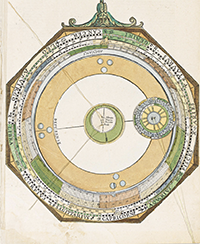

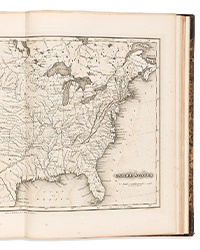
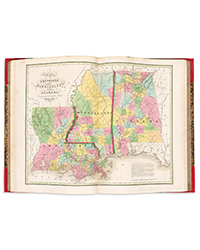
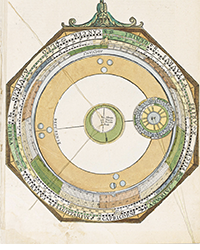
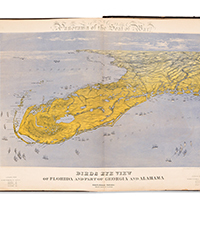
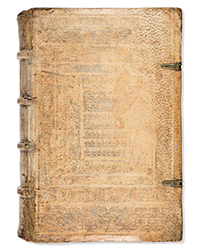
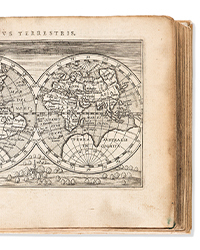
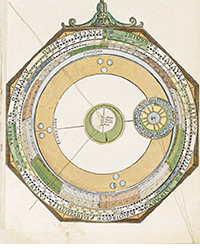
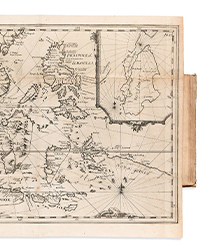
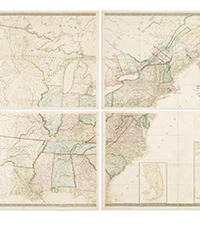

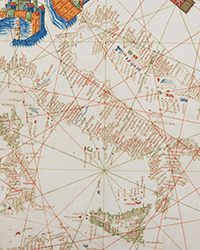
![<b>Sotheby’s, Dec. 11:</b> Darwin and Wallace. On the Tendency of Species to form Varieties..., [in:] <i>Journal of the Proceedings of the Linnean Society,</i> Vol. III, No. 9., 1858, Darwin announces the theory of natural selection. £100,000 to £150,000. <b>Sotheby’s, Dec. 11:</b> Darwin and Wallace. On the Tendency of Species to form Varieties..., [in:] <i>Journal of the Proceedings of the Linnean Society,</i> Vol. III, No. 9., 1858, Darwin announces the theory of natural selection. £100,000 to £150,000.](https://ae-files.s3.amazonaws.com/AdvertisementPhotos/00d5fd41-2542-4a80-b119-4886d4b9925f.png)

